Houndstongue
Information
Cynoglossum officinale - Boraginaceae Family - Biennial
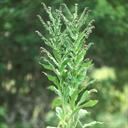
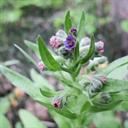
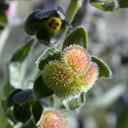
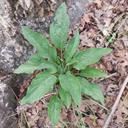
Identification
- Flowers: Reddish-purple or occasionally white, with five petals.
- Seeds: Reproduces by seed. Each plant can produce up to 2,000 seeds which remain viable for up 3 years.
- Leaves: Rough hairy leaves that are up to 12 inches long and 3 inches wide.
- Flowering Time: Early summer.
- Life cycle/ other: Biennial.
Impacts
- Invades areas that have more than 10% bare ground and prefers gravelly alkaline soils. Does not compete well with native plants.
- The seed pods (nutlets) are covered with hooked spines and provide a mechanism for dispersal on clothing and fur.
- Houndstongue contains pyrrolizidine alkaloids which are highly toxic to horses. However, animals rarely eat it unless it is dried and mixed with hay.
Control
Most effective control methods
- For small infestations, houndstongue can be dug-up or hand-pulled if soil conditions permit. Hand pulling may be difficult as the taproot is strong and grows deep into the soil.
- For plants that have already gone to seed, clip and bag the stalks and nutlets. Plants will not regrow the following year as each plant dies following seed production.
- For larger infestations, Escort (Metsulfuron) at 1 to 2 ounces per acre (oz/A) is very effective when applied throughout the growing season. For first-year rosettes, 2,4-D applied at 2 pints/acre from late May to mid-June is effective. Second-year plants are much less susceptible to 2,4-D.
- Prevent seed spread! Beware to remove all seeds from clothing, shoes, shoelaces, etc.
Control methods and timing
| March | April | May | June | July | Aug | Sept | Oct |
|---|---|---|---|---|---|---|---|
|
Prev Mech Chem |
Prev Mech Chem |
Prev Mech |
Prev Mech |
Prev Mech |
Prev Mech |
Prevention (Prev) Monitor and destroy new plants before seed production.
Mechanical (Mech)) Hand pulling, digging, cutting, mowing and tilling.
Cultural (Cult) Biological control agents, livestock grazing, and revegetation practices.
Chemical (Chem) Selective herbicides based on the plant and the specific location. Check our weed fact sheets for specific control information.
Large Images
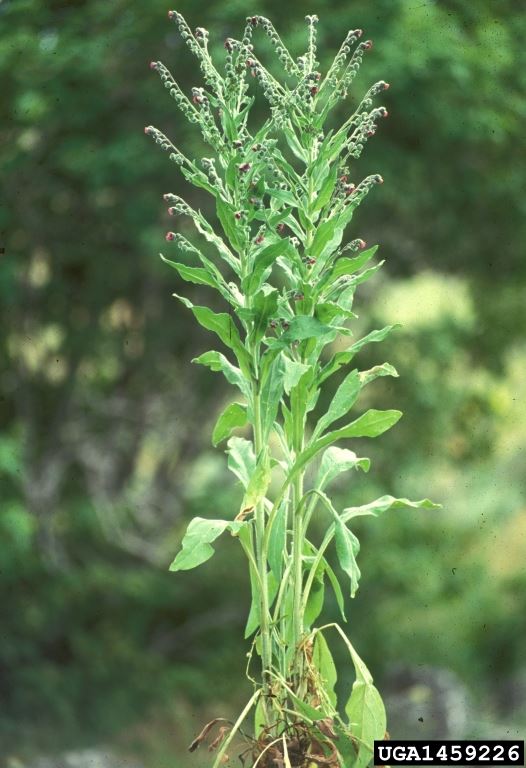
Houndstongue
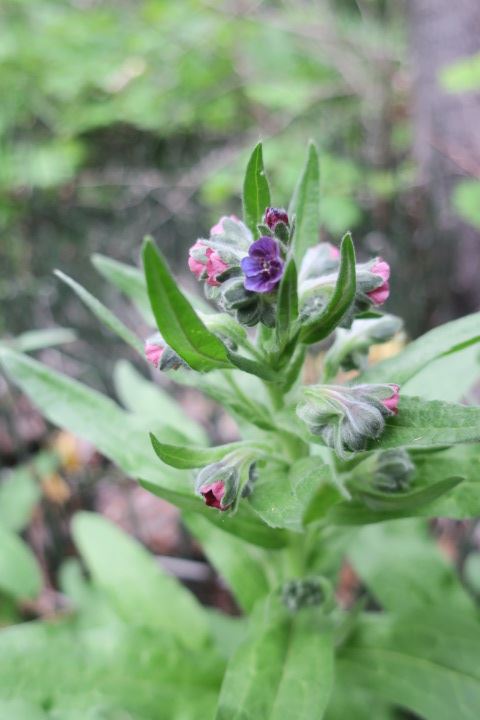
Houndstongue: flowers
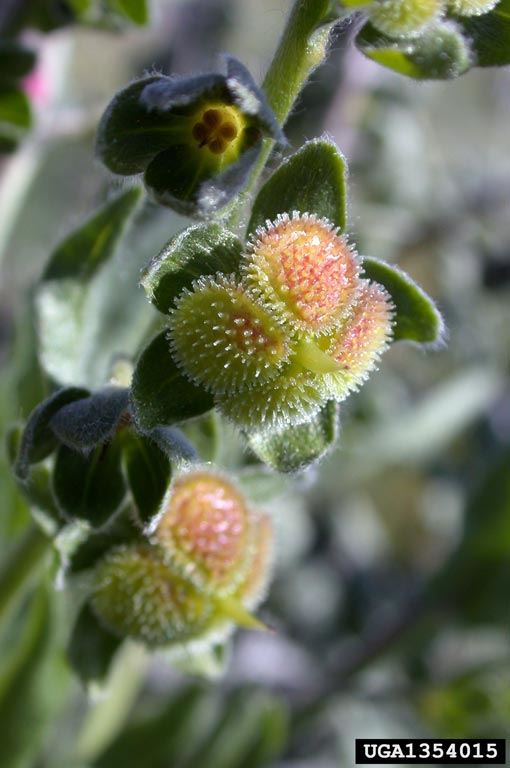
Houndstongue: nutlets
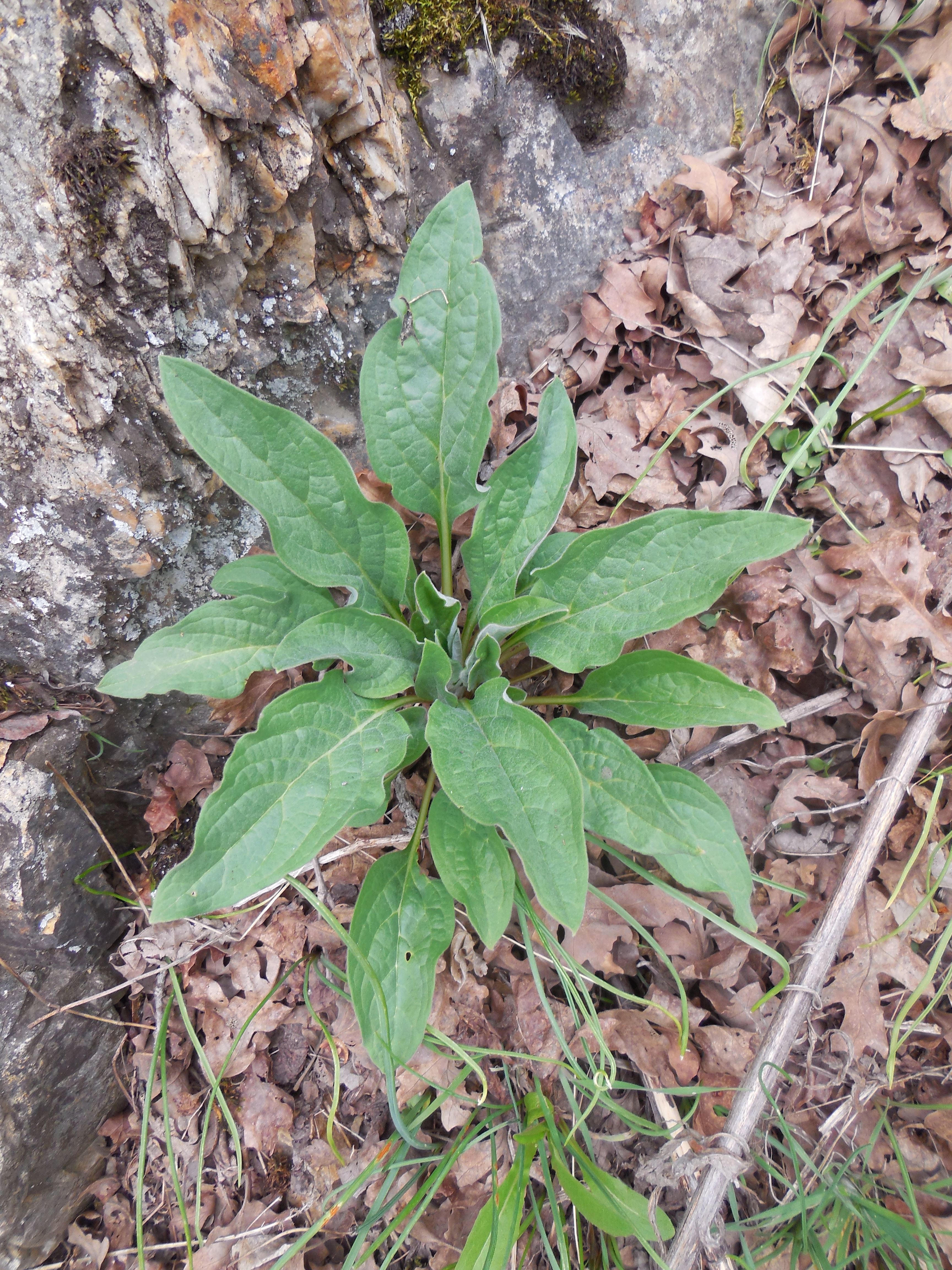
Houndstongue: rosette
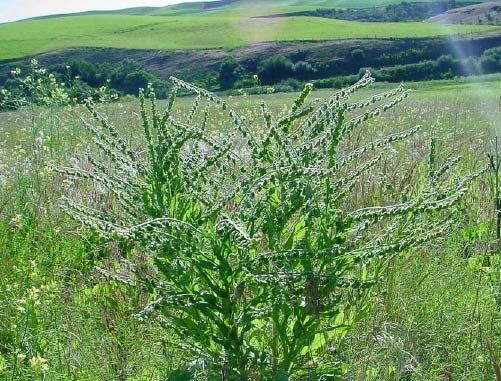
Houndstongue: plant going to seed
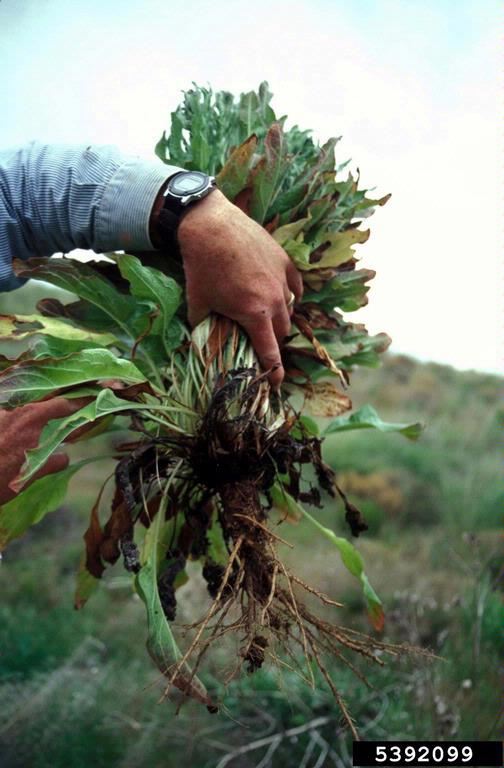
Houndstongue: taproot
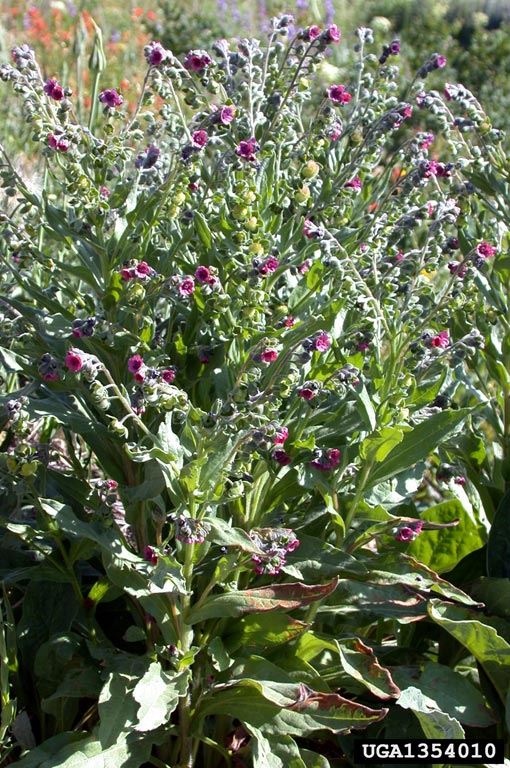
Houndstongue: plant going to seed
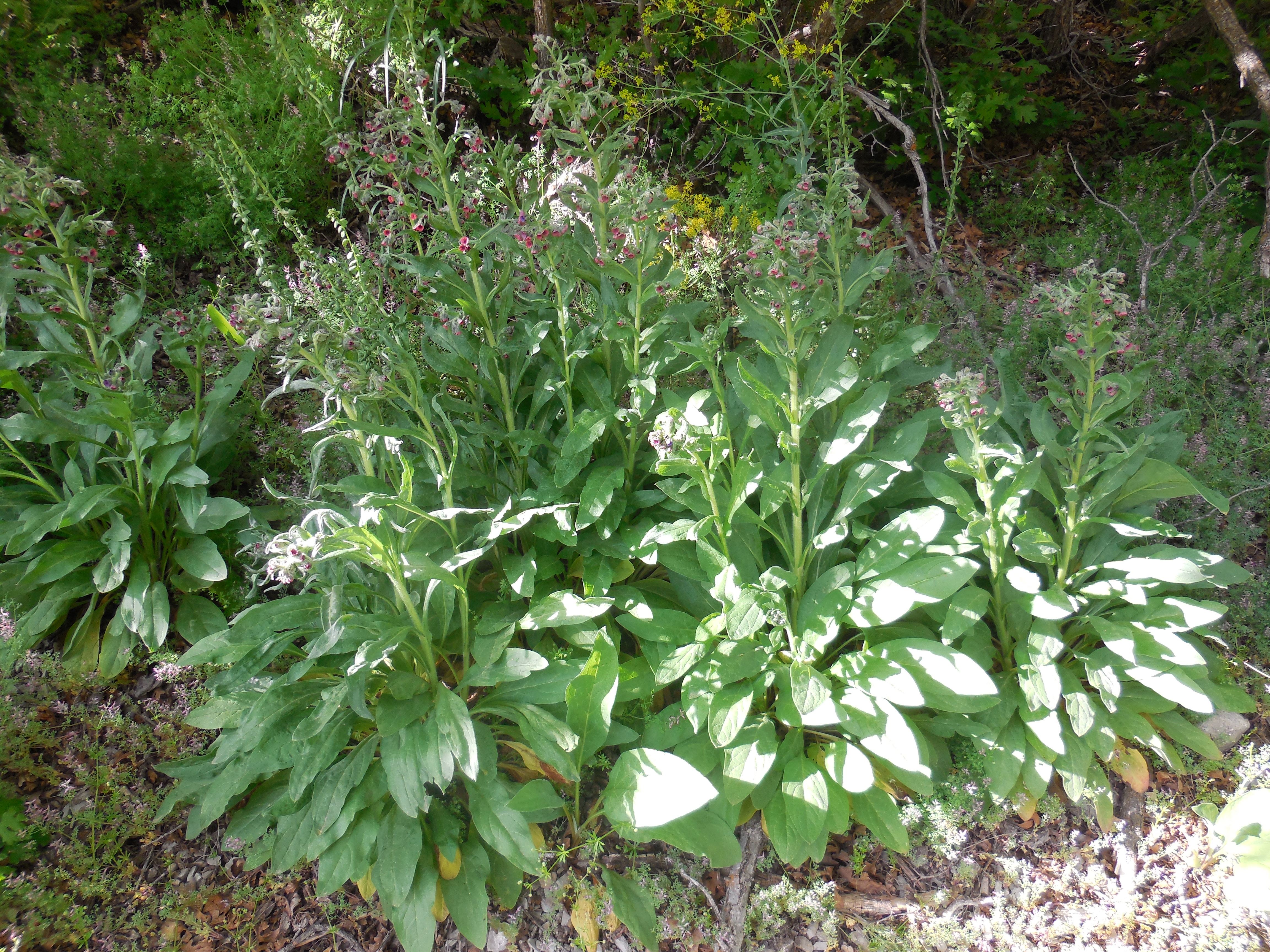
Houndstongue: infestation
Resources
-
Links
-
References
DiTomaso, J.M., G.B. Kyser et al. (2013). Weed Control in Natural Areas in the Western United States [PDF file]. Weed Research and Information Center, University of California. Retrieved from https://wric.ucdavis.edu/information/natural-areas/wr_C/Cynoglossum.pdf View PDF
Duncan, C. (2017, September 19). Managing houndstongue in natural areas. Retrieved from https://www.techlinenews.com/articles/2017/managing-houndstongue-cynoglossum-officinale-in-natural-areas
Kedzie-Webb, S. & Sheley, R. (2017, May). Houndstongue: Identification, biology, and integrated management [PDF file]. Retrieved from http://msuextension.org/publications/AgandNaturalResources/MT199709AG.pdf View PDF
King County Noxious Weed Program. (2018, April 8). Houndstongue identification and control. Retrieved from https://www.kingcounty.gov/services/environment/animals-and-plants/noxious-weeds/weed-identification/houndstongue.aspx
Lym, R. (2018, April). Houndstongue (cynoglossum officinale L.) identification and control STOP THE SPREAD. Retrieved from https://www.ag.ndsu.edu/publications/crops/houndstongue-cynoglossum-officinale-l-identification-and-control-stop-the-spread
Washington State University Whitman County Extension. (2006, September). Houndstongue. Retrived from https://extension.wsu.edu/whitman/2013/11/houndstongue/




